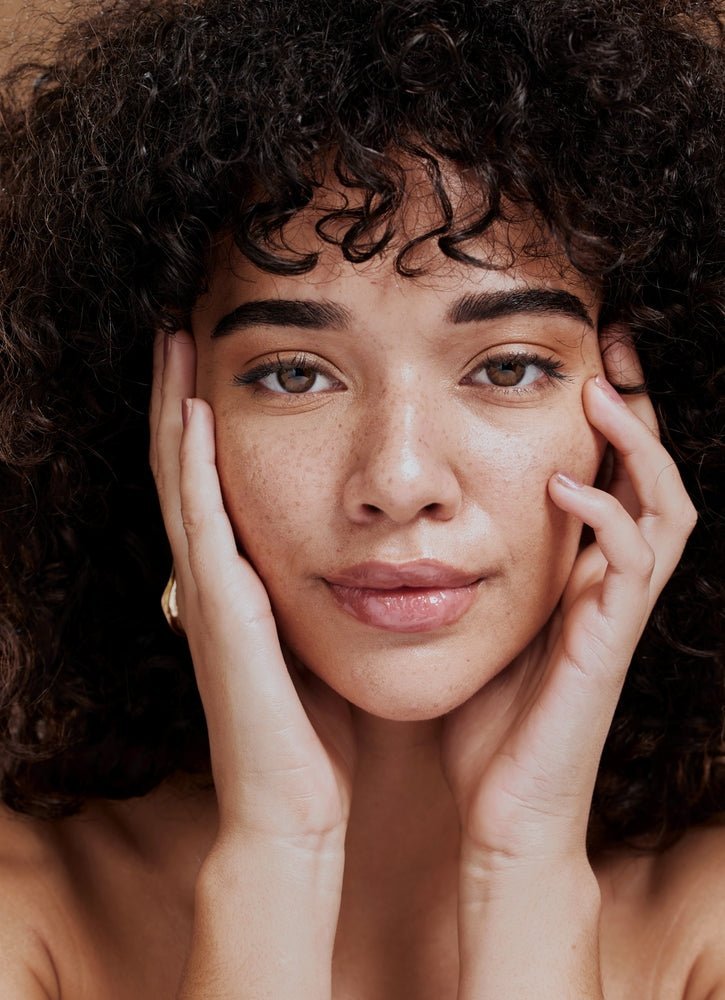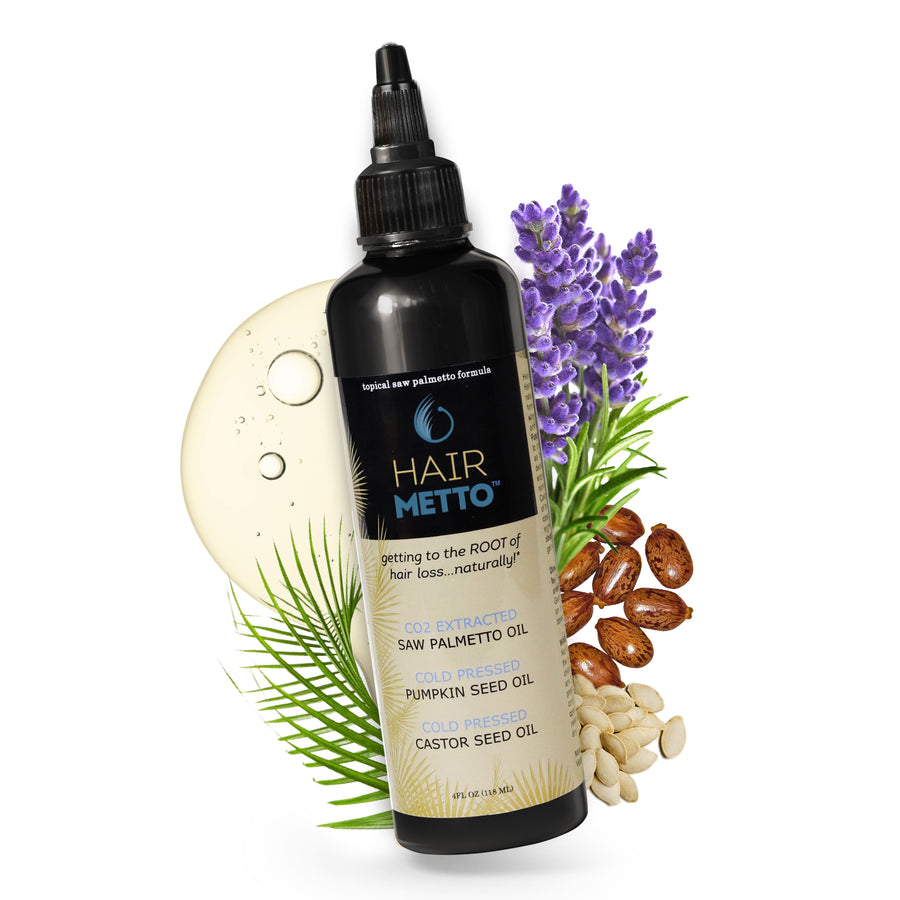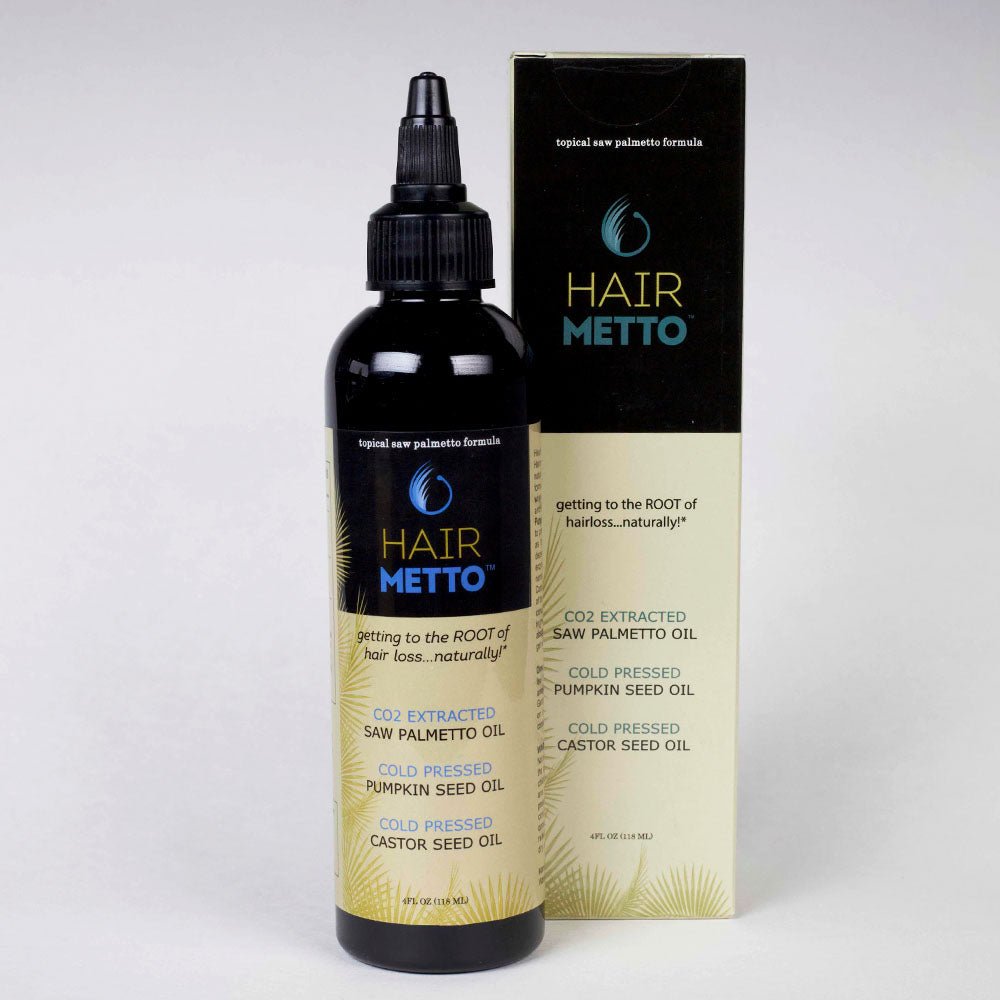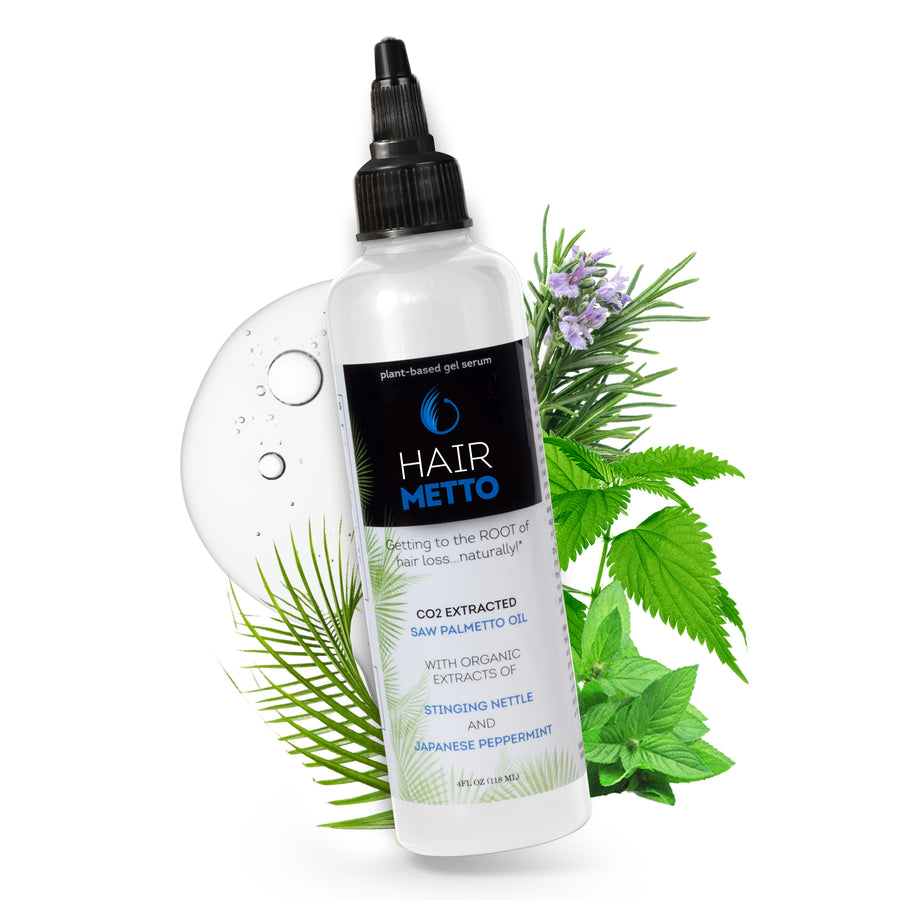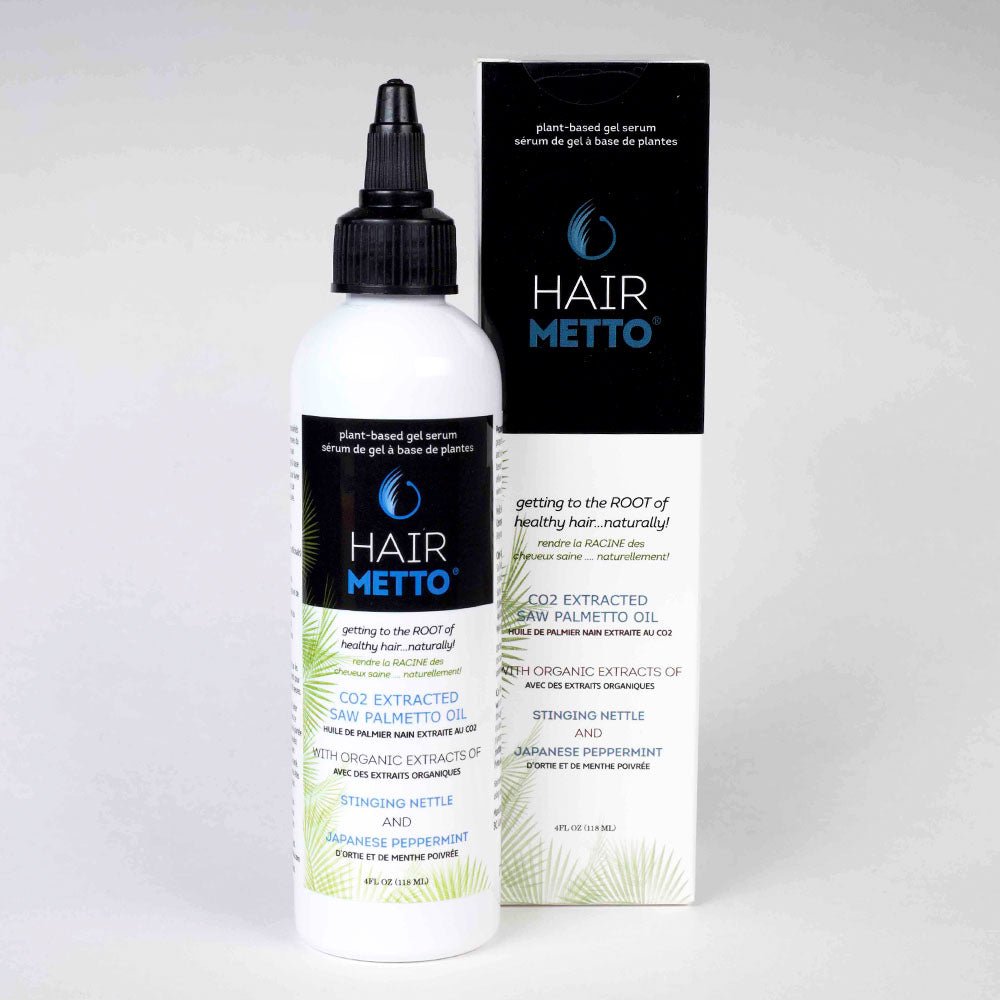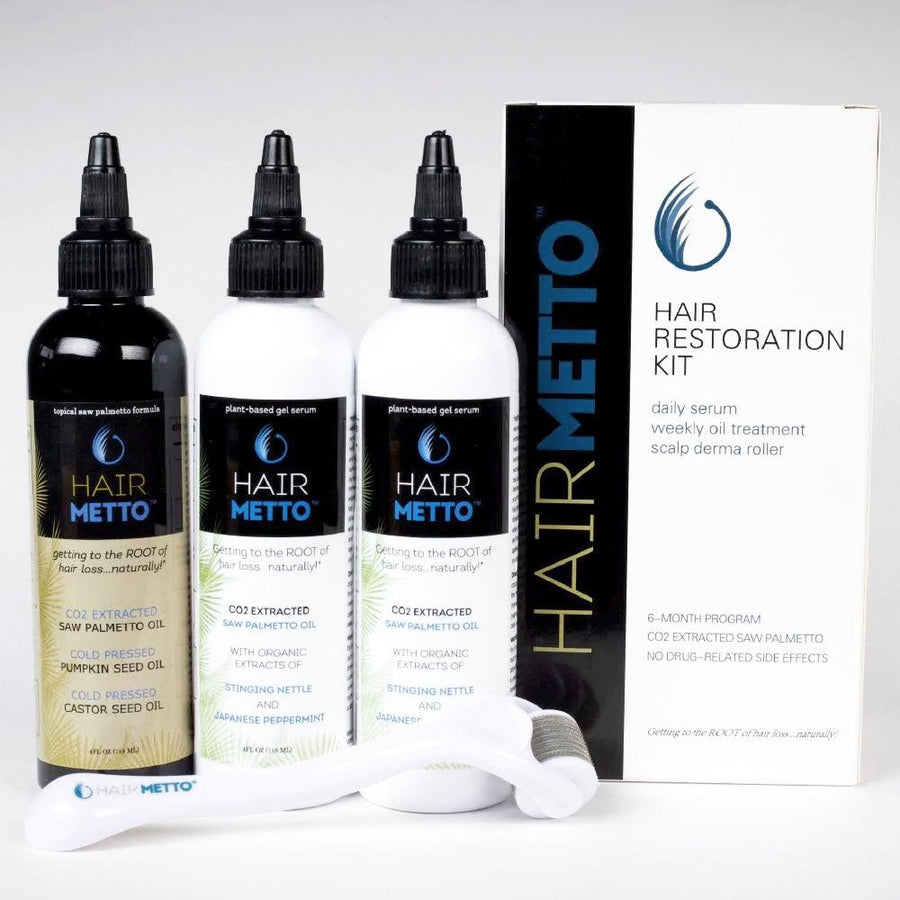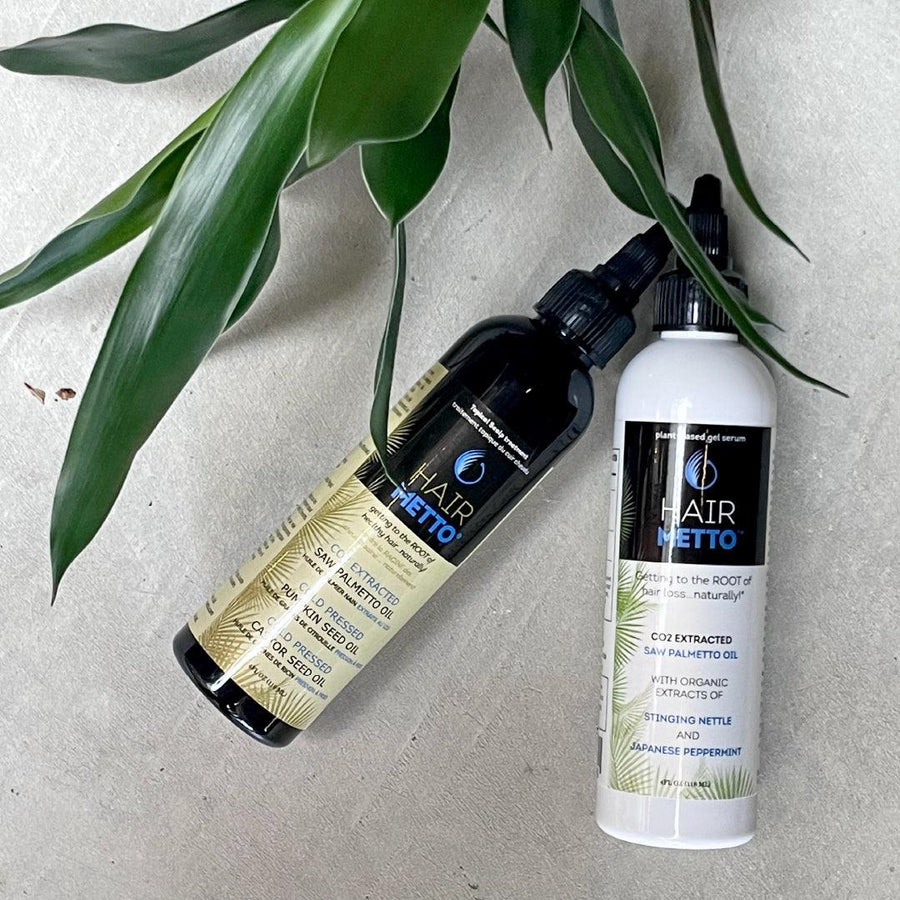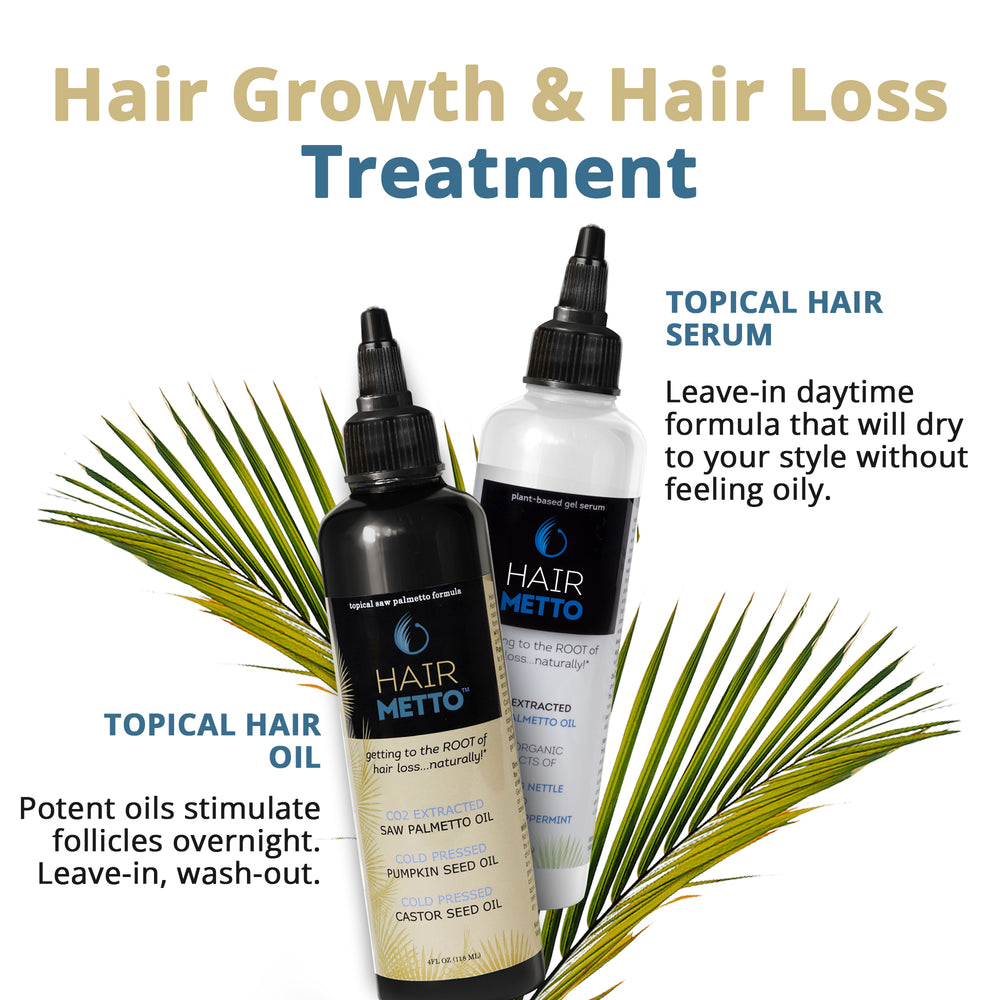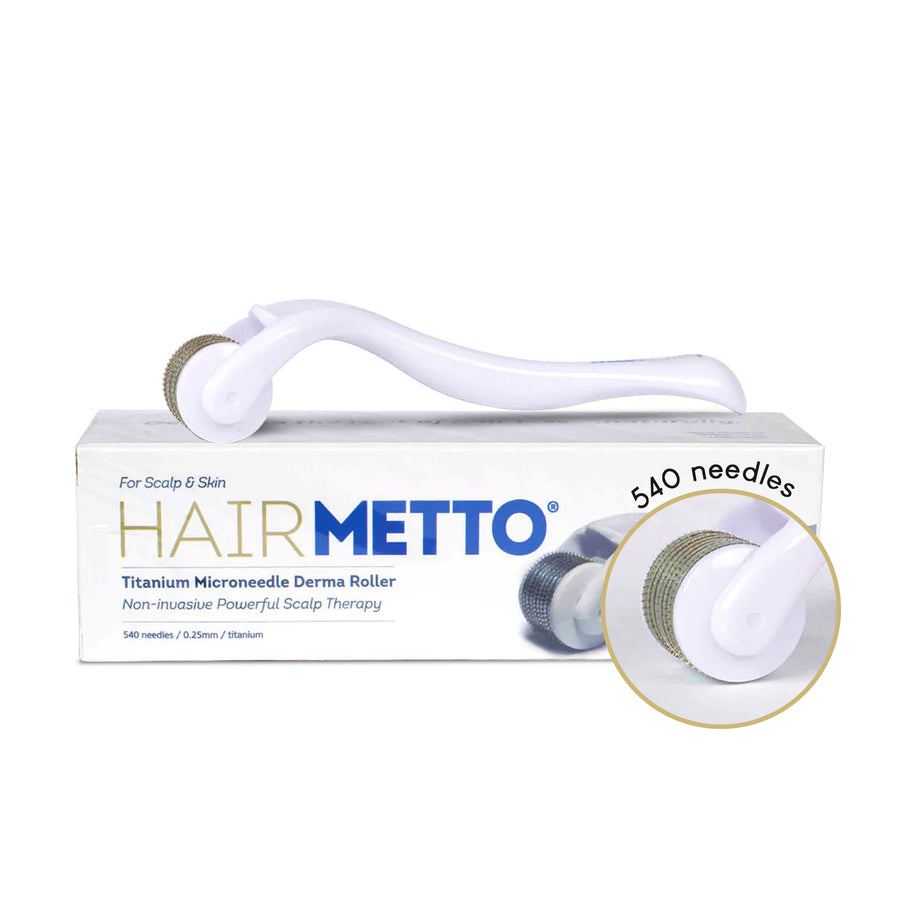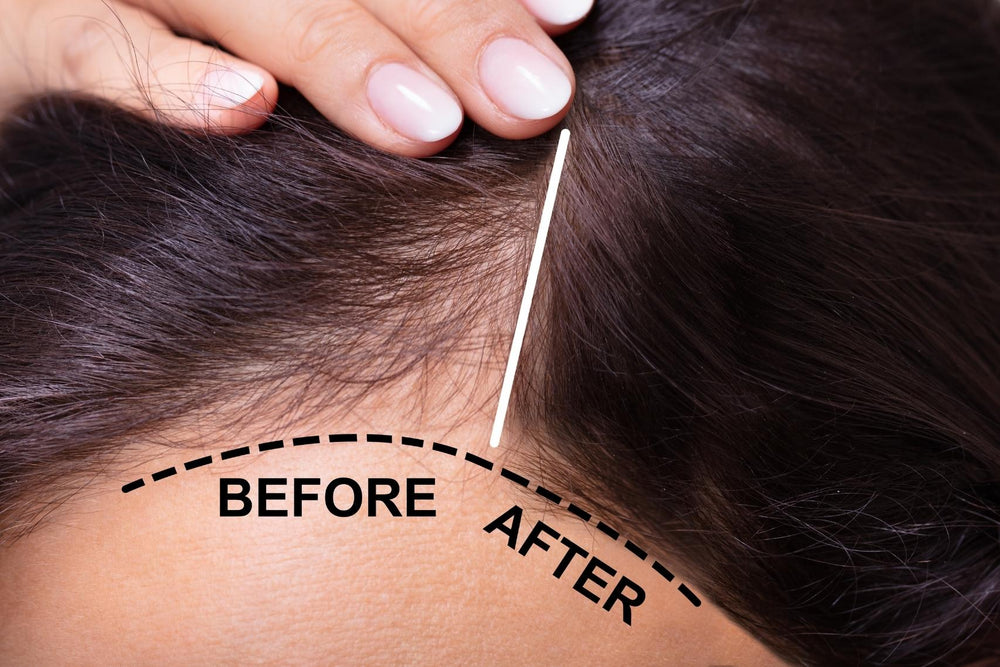Hair Loss in Women with Menopause: A Win-able Challenge
For a woman, her hair is her crowning glory. We do with it as we want, style with it as we want, and color it as we want.[1] In fact, just a slight change in how one’s hair looks already changes a lot in a woman’s overall appearance. From being demure to being classic or being sassy, a woman’s hair is her very own personal statement.
For menopausal women, noticing more and more hair fall out onto our pillows or our hairbrush can be alarming. But, there is no need to panic. Thinning hair after menopause or during menopause is a natural process that concerns all women. Nothing is wrong with us. Unless there is another health concern, our hair naturally recedes as we age. It is inevitable—but one that is treatable AND reversible.
Yes, you read that, right.
Thinning hair in women is reversible!
So, take a breath in, don’t give up on your beautiful hair, and read on to learn how to reverse thinning hair after menopause.
Hair Thinning in Women After Menopause: What it is and Why it Happens
What is Hair Loss with Menopause?
Hair thinning in women, commonly known as Menopausal Hair Loss or Female Pattern Baldness, is a natural process for aging women in their menopause. Female Pattern Baldness is also the most common type of hair loss in women with menopause. Thinning of hair in menopausal women generally appears in the frontal hairline, characterized by widening at the top of the scalp area.[1]
Although the extent of hair thinning varies from woman to woman, certain ethnic descent[2] are more vulnerable to hair thinning as Europeans are more likely to experience menopausal hair loss than Native Americans or Asians.[3] However, most women in their 50s generally go through this process of hair loss during or after menopause. Having said that, menopause can arrive earlier in life for some.
A new 2022 study published in the Menopause[1] Journal found that more than half (52.2%) of the study’s 200 participants 50- 65 years old experienced thinning hair and female pattern hair loss.[2] Older age was also significantly related to thinning hair in women with menopause. So, when untreated or unprevented, hair loss in women during menopause worsens as age progresses.
How Hair Loss with Menopause Impacts Women
Hair loss is not limited only to women. Men also experience hair loss as they age. However, unlike the social expectation that men experience balding or thinning hair as they age, in women—especially menopausal women—thinning hair and hair loss is generally not discussed. This is despite hair thinning being a major concern to a woman’s mental health. It is even more common than we think.
The same study from the Menopause Journal found that 60% of 200 participants had low self-esteem. This low self-esteem increased with the severity of their thinning hair or hair loss. Another research[3] also suggests that the mental effect of hair loss during menopause vastly differs for both men and women. The impact of hair loss with menopause can be more devastating in women than men, often leading to self-exclusion, low self-esteem, low self-confidence and severe depression.
As Dr. Glynis Ablon of the University of California in Los Angeles says, “It usually impacts women in a different way, especially their self-confidence. Someone like Bruce Willis can just shave their head to look fine, but it tends to be a bigger deal for women.”[4]
As a result, balding and hair loss in menopausal women is generally considered a taboo topic - typically overlooked and swept under the rug by some professionals —but not anymore. It is high time that hair loss in women during menopause is brought to the center of attention and talked about. Let’s first start with why hair loss happens to women during menopause.
Why Hair Thinning Happens to Women with Menopause?
There are a variety of potential factors causing hair loss in women during menopause. This ranges from the environment to stress, anxiety, changes in the immune system, metabolism, or even nutrients and diet.[5] However, the most common factor in hair thinning in women is hormonal imbalance.[6]
As women transition through menopause, hormones such as estrogen, progesterone, and testosterone start to drop and continue to drop as age progresses. Balanced estrogen and progesterone are responsible for hair growth. Lowered, imbalanced levels of these hormones cause hair thinning and hair loss. Hair grows thinner, and slower, contributing to a steady increase in noticeable hair loss.
It doesn’t end with these hormones only. During menopause, the male hormone androgens also decrease, shrinking hair follicles and contributing even more to hair loss. Cortisol, a steroid hormone, may increase due to added stresses in life. As Dr. Ablon adds, “A woman may experience more stress during this time, as evidenced by elevated levels of the stress hormone cortisol. These hormonal changes and shifts can really challenge the hair follicle, contributing to hair thinning.”[7]
So, aside from these hormonal imbalances and changes during menopause, the stress and anxiety of going through the transition itself can also contribute to hair loss in women during menopause.
How to Reverse Thinning Hair After Menopause: Can Hair Loss with Menopause be Treated?
So, is all lost for a woman once menopause starts?
The answer is no.
Thinning hair in women is treatable, and hair loss caused by menopause is reversible. The best approach for treatment is to be educated on how to balance hormones during this time in life and find the treatment options specifically suited to your needs.
Treatment Approaches Supporting Healthy Scalp of Women with Hair Loss After Menopause
There are three treatment approaches to treat hair loss after menopause in women:
(1) Conventional Medicine / Hormone Therapy
(2) Bio-identical Hormone Therapy
(3) Lifestyle Changes and Natural Remedies
For conventional medicine, options include OTC medicines such as minoxidil, anti-androgens, and hormone replacement therapy. Minoxidil, finasteride and other pharmaceuticals may treat hair loss but come with side effects that are often undesirable. Hormone replacement therapy in conventional medicine is made of synthetic compounds. Their chemical structure is does not mimic the body's own hormone structure. This means they act differently in your body and make come with side effects.
Alternative medicine for treating hormone imbalance would include a natural topical root treatment. Saw Palmetto (CO2 Extracted for efficacy) has long been known for its ability block the conversion of testosterone into harmful DHT. It is this DHT which grips the roots and causes hair thinning. Saw Palmetto extract allows the testosterone in your body to roam free. This helps in hair growth.
Included in alternative ways to balance hormones systemically is bio-identical hormone therapy. By closely mimicking the body's own chemical hormone structure, they interact with you on a similar biological level. This reduces the side effects that may be seen with synthetic HRT. Bio-identical HRT comes in the form of capsules, topical creams or patches. See your OBGYN and/or your naturopathic doctor for hormone testing and recommendations based on your symptoms.
While the pharmaceutical options will always have their place, and its up to each one of us to choose what is best for us, it's undeniable that doing all we can naturally to assist in the changes and processes of our bodies is essential to our health. To start, a well-balanced diet high in hair growth nutrients can aid in the reduction of hair loss.[8] Some of these nutrients include protein for strengthening hair and hair follicles and Omega 3 & 6 for steroid hormone production affected by menopause.[9]
Holistic lifestyle changes include:
- Nutritious diet for hair growth and reducing inflammation
- Regular exercise and walking
- Healthy habits such as lowering stress.
The key is to focus on the natural supplement of nutrients that directly promote a healthy scalp in women with hair loss after menopause. Consuming an anti-inflammatory diet, low in sugar, is essential for natural balance of hormones and treating symptoms. We highly recommend Dr. Mary Haver and her book The Galveston Diet for easy, nutritious recipes and advice on navigating menopausal symptoms through food choices.
As discussed above, topical root treatment will directly address hair loss. One such remedy is saw palmetto. Another is Ecklonia Cava extract. HAIRMETTO® has included the Ecklonia Cava extract in one topical scalp treatment. This product combines biotin, niacinamide, MSM and Vitamin C with Ecklonia Cava for a powerhouse of topical anti-oxidants to reduce inflammation and support healthy hair growth without interfering with hormones.
Preventions and Treatments for Hair Loss with Menopause: Can Saw Palmetto Help Thinning Hair in Women?
Saw palmetto, a plant with small berries, is known as a natural remedy to treat hair loss. It has long been used as a herbal remedy and by Native Americans as medicine and food for hundreds of years.[10]
Recently, research on saw palmetto has been promising. A specific study[11] showed positive results in the treatment of hair loss with the use of topical saw palmetto.[12] After only 4 months of treatment, nearly half of the study’s participants increased their hair count by as much as 11.9%. The scientific explanation suggests that saw palmetto berries block 5-alpha-reductase. This is an enzyme that converts testosterone into DHT, a molecule responsible for hair loss. Saw palmetto then directly targets the cause of hair loss in women during menopause. Hence, saw palmetto has been proven treat hair loss in women effectively.
Saw palmetto is available in different forms such as tablets, capsules, and topical oils. Which one is best for you? This article gives more insight into the differences, but it’s interesting to know that topical oils will be placed directly onto the scalp and massaged into the roots – directly where it needs it. Pills, on the other hand, will metabolize and the benefits circulate the entire body. Regardless of which saw palmetto delivery system you use, it is crucial you find the highest potency saw palmetto available.
Finding the Highest Quality Saw Palmetto
Whether researching capsules or topical oils, potency varies depending on where the berries are sourced and how the oil is extracted. Saw Palmetto berries are only organically grown in the Southern States, USA and parts of Central America. The saw palmetto berry contains essential fatty acids (EFA’s), crucial to stopping the action of DHT. If saw palmetto berries are extracted using anything other than CO2 Supercritical Extraction Technology, the medicinal value is lessened, if not diminished entirely.
In stores and online you will find potency values anywhere from 25% through to 95%. If the Oil has been extracted using CO2 Extraction, you will find that on the label. It costs much more for a company to extract the oil in this way but extracting it through heat or any other way loses the medicinal value. Counterfeit saw palmetto oil is also common. How can you know? One way is the price. If the price of the tablet or oil is cheap, it is likely not quality saw palmetto. Another way to know is by the scent. True saw palmetto has a pungent scent that is not pleasing. True, it can be masked by essential oils like lavender and rosemary, also valuable in restoring hair loss, but the scent can still be sensed. (As with all natural supplements, while saw palmetto is generally safe, it is best to consult your primary care person before taking any new supplement or treatment.)
For a high quality, topical saw palmetto scalp treatment, consider daily application of HAIRMETTO Topical Saw Palmetto Oil, or HAIRMETTO Topical Saw Palmetto Daily Serum.
Penetrating the roots, these leave-in products work for hours on your roots, delivering the nutrients of natures medicine such as saw palmetto, pumpkin seed, castor seed, stinging nettle and essential oils of peppermint, lavender and rosemary.
Depending on the type of hair loss and its severity, combining the treatment options mentioned above may better treat hair loss during menopause. Still, natural treatments, such as lifestyle changes, herbal remedies, or a combination of both, are the best methods to relieve menopausal hair thinning symptoms and restore hair growth.[13]
[1] Prevalence of female pattern hair loss in postmenopausal women: a cross-sectional study
[2] More Than Half of Postmenopausal Women Will Experience Female Hair Loss, Study Says
[3] Review of quality of life studies in women with alopecia - ScienceDirect
[4] Treating Menopausal Hair Thinning, Hair Loss | Everyday Health
[5] More Than Half of Postmenopausal Women Will Experience Female Hair Loss, Study Says
[6] Causes of Hair Loss during Menopause
[7] More Than Half of Postmenopausal Women Will Experience Female Hair Loss, Study Says
[8] Menopause Hair Loss: Causes, Treatment, Prevention.
[9] Menopause Hair Loss: Causes, Treatment, Prevention.
[10] Saw Palmetto for Hair Loss: Myth or Miracle?
[11] The Evaluation of Efficacy and Safety of Topical Saw Palmetto and Trichogen Veg Complex for the Treatment of Androgenetic Alopecia in Men | Request PDF
[12] The Evaluation of Efficacy and Safety of Topical Saw Palmetto and Trichogen Veg Complex for the Treatment of Androgenetic Alopecia in Men | Request PDF
[13] Treatments for Hair Loss During Menopause
[1] Hair Loss in Women: Female Pattern Baldness and More
[2] Causes of Hair Loss during Menopause
[3] Causes of Hair Loss during Menopause



